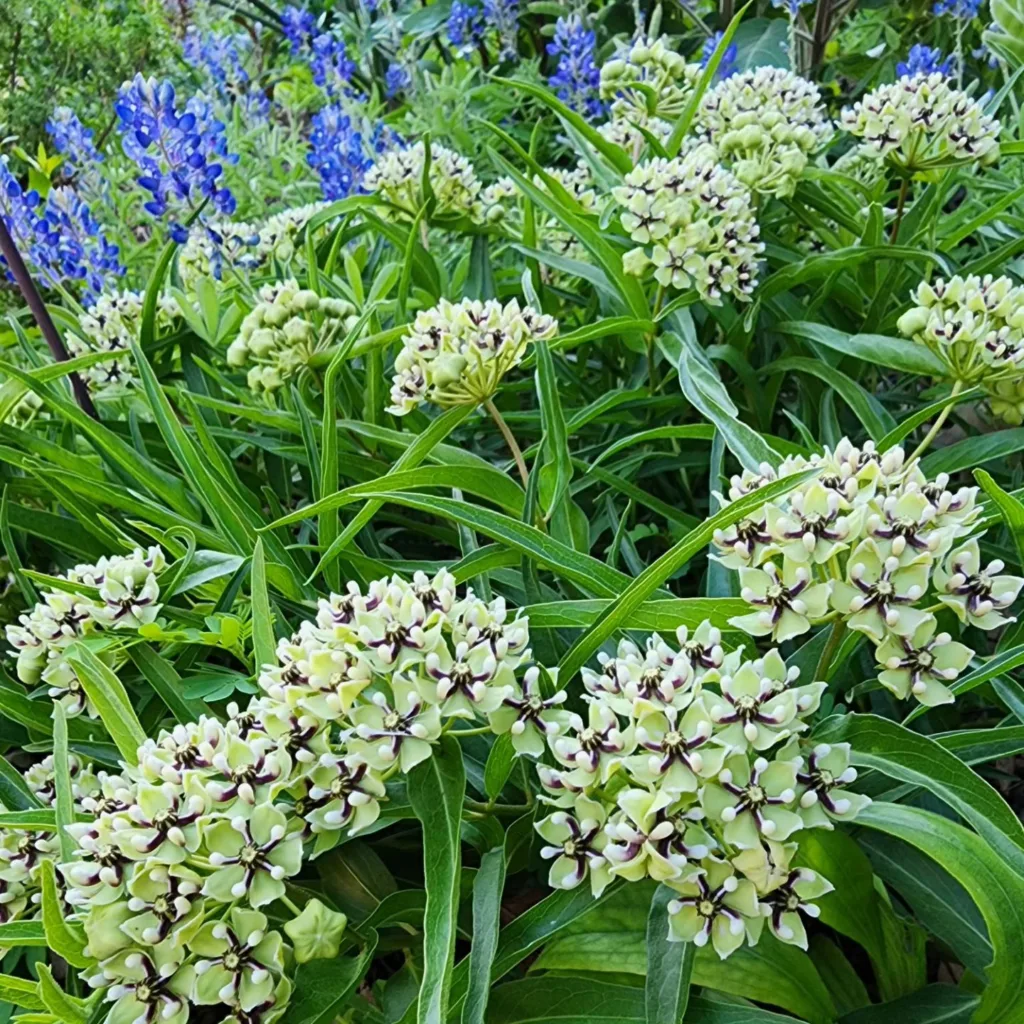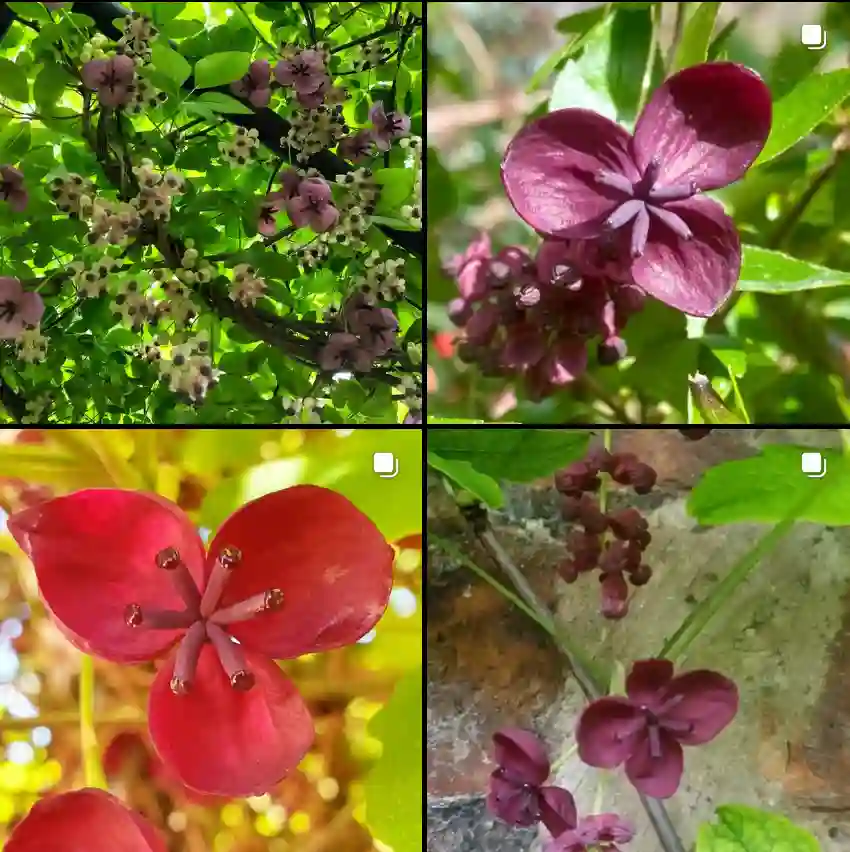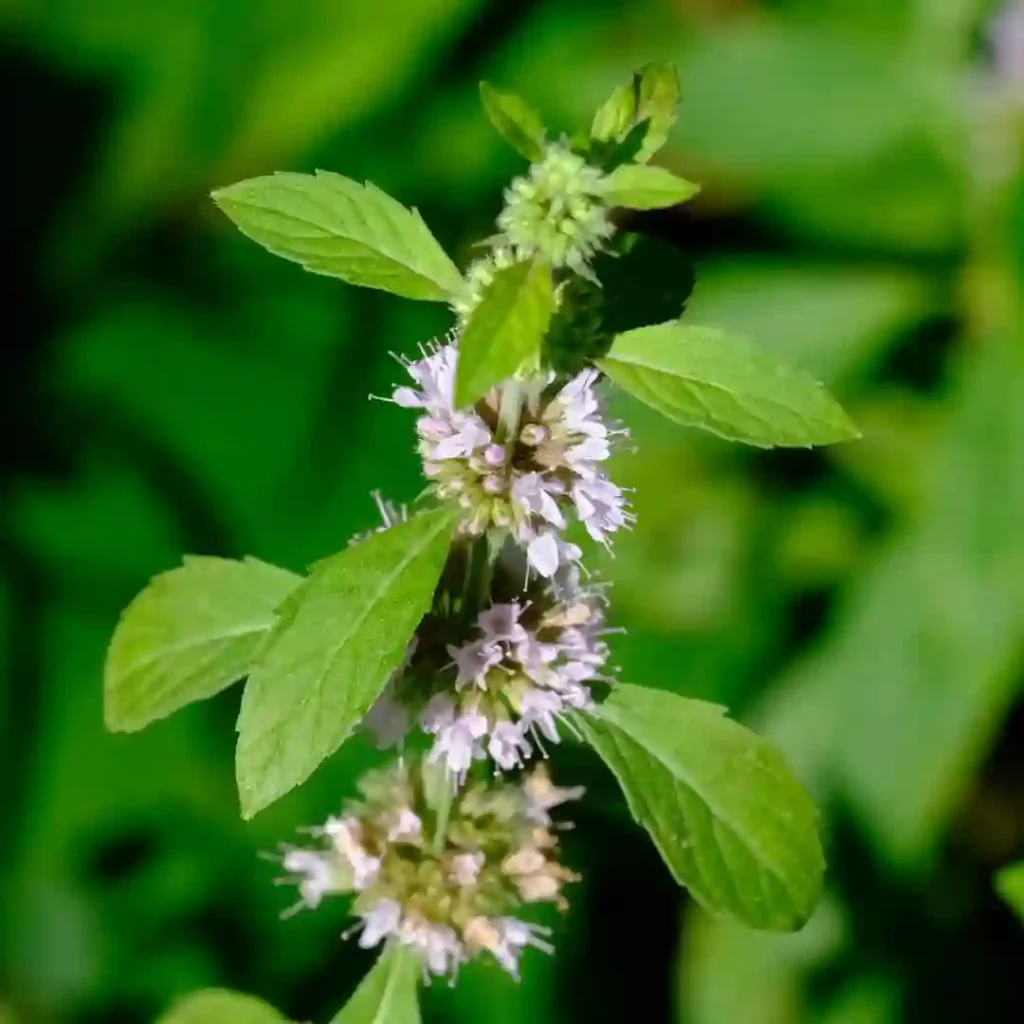
The Allure of the Coconut Pie Orchid: My Adventures with Maxillaria Tenuifolia
Few things are more rewarding than coaxing a beautiful bloom from a temperamental orchid. But Maxillaria tenuifolia, the delicate-leafed maxillaria or better known as the coconut pie orchid, isn’t your average orchid. This easy-going flowering friend fills my home with the most delightful fragrance, a sweet reminder of tropical beaches and creamy desserts.
My journey with Maxillaria tenuifolia began at a local orchid show. Nestled amongst a dazzling display of exotics, this unassuming orchid with its single, waxy flower captivated me. The real magic, however, came when I leaned in – the most intoxicating scent of coconut cream wafted up. I knew then I had to bring this fragrant beauty home.
When Do Maxillaria Tenuifolia Bloom?
Unlike some finicky orchids that flower only at specific times, Maxillaria tenuifolia is a generous bloomer. It treats me to its fragrant display in the spring, typically putting out a single bloom per spike. This doesn’t mean you won’t get a repeat performance – with proper care, you might be surprised by a bonus flower or two later in the year.
How to Care for Maxillaria Tenuifolia?
The key to a happy Maxillaria tenuifolia lies in mimicking its natural environment. Here in my garden, where the temperatures are warm and humid year-round, it thrives outdoors under dappled sunlight. But fear not, fellow orchid enthusiasts in cooler climates – this adaptable plant can be just as happy indoors on a brightly lit windowsill (south-facing is ideal, but any direction except north will work).
The secret weapon for Maxillaria tenuifolia is good air circulation. Stagnant air can lead to rot, so make sure your orchid gets plenty of airflow. I recommend placing it near a fan or opening a window for a few hours daily.
Watering is crucial. While Maxillaria tenuifolia enjoys consistent moisture, avoid soggy roots. I water mine deeply when the potting media approaches dryness, allowing it to dry out slightly between waterings. Pro tip: Stick your finger into the potting media – if the top inch feels dry, it’s watering time!
How to Pot a Maxillaria Tenuifolia?
Maxillaria tenuifolia doesn’t have specific pot preferences, but opt for one with good drainage. Clay or slotted plastic pots work well. As the plant matures, you might need to repot it every 2-3 years into a slightly larger container. Here’s my potting process:
- Choose a pot with drainage holes slightly larger than the current one.
- Prepare a well-draining orchid mix. I use a combination of bark, sphagnum moss, and perlite for optimal drainage and aeration.
- Gently remove the orchid from its current pot, taking care not to damage the roots.
- Place the orchid in the new pot, ensuring the pseudobulbs (the swollen base of the leaves) are positioned comfortably.
- Fill the pot with the orchid mix, ensuring good root coverage without burying the pseudobulbs.
- Water thoroughly and allow excess water to drain.
Do Other Maxillaria Tenuifolia Exist?
The world of orchids is vast and diverse, and the Maxillaria genus boasts over 400 species. But among them, Maxillaria tenuifolia reigns supreme in terms of popularity – and for good reason! Its delightful fragrance and easy-going nature make it a favorite for orchid enthusiasts of all levels.
There have been some recent taxonomic changes, and Maxillaria tenuifolia is now classified as Maxillariella tenuifolia. But worry not, the care requirements remain the same.
How to Rebloom Maxillaria Tenuifolia?
The beauty of Maxillaria tenuifolia is its willingness to rebloom throughout the year with proper care. Here are some tips to encourage repeat blooms:
- Fertilize: During the active growing season (spring and summer), a light application of orchid fertilizer once a month will give your plant the nutrients it needs to flower again.
- Light: Ensure your orchid receives sufficient bright, indirect light. Without enough light, it might struggle to produce flowers.
- Temperature: Maintain warm temperatures, ideally between 65-80°F (18-27°C).
Conclusion: A Fragrant Friend
Maxillaria tenuifolia has become a cherished member of my indoor jungle. Its beautiful, albeit single, blooms and the intoxicating scent of coconut cream are a constant source of delight. With its easy-going nature and forgiving temperament, this orchid is a perfect choice for both seasoned orchid collectors and curious beginners.
If i die, water my plants!



